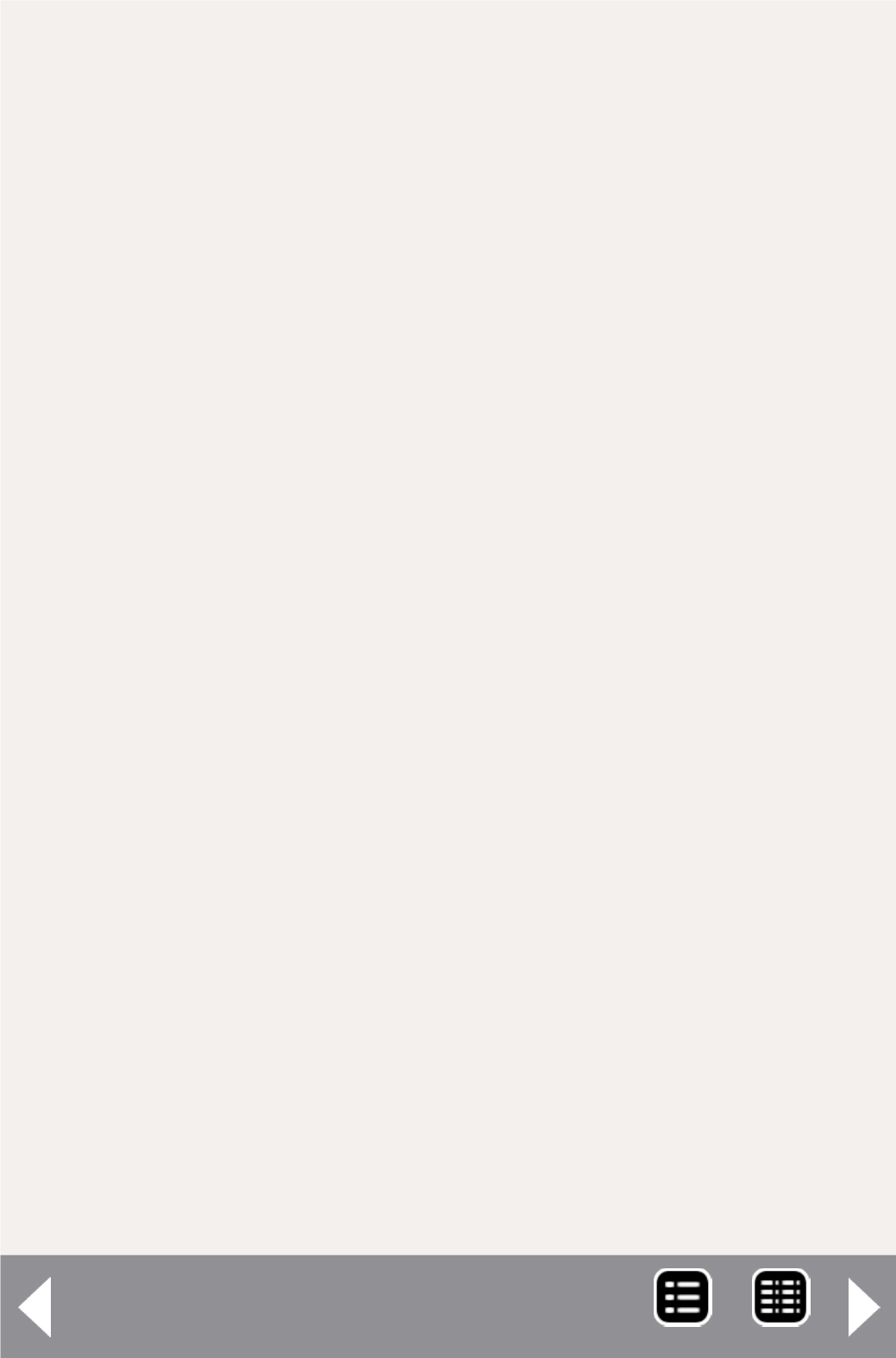
covered, and you can’t leave any holes. It can be difficult to
spot these errors because they are often hidden in the interior
of the model.
The Normals for all surfaces must point
outward
This is not something you would normally think about. In 3D
model construction, surfaces have a front side and a back side.
You can’t see it in the rendered model, and for an engineering
model it doesn’t matter. If you create a ‘solid’ figure such as a
sphere or a cube using a CAD tool, the normals will be facing
outward, the proper direction.
However if you create a solid object from individual surfaces,
the normals will face in the direction determined by the order
in which you draw the points. Once you figure it out, you get
in the habit of drawing the edges of the surface in the proper
order. If you use existing surfaces to create a new surface,
there’s a problem.
For example you have drawn four sides of a cube and you want
the program to put a top on it using the edges of the existing
sides, the direction is determined by a mathematical formula
not obvious to the user. You have to ask which way it’s facing,
and there’s the rub. Rhino, the CAD system I use, shows little
arrows. That’s fine for a few surfaces, but what if you have hun-
dreds of them? There’s a forest of arrows and it’s darn difficult
to find the ones that are pointing the wrong way. So I have to
go over the model in great detail, inspecting 10 or 20 surfaces
at a time. The interface makes it as painless as possible, but it
still takes time.
Other limitations
Keep in mind the minimum dimensions and the working vol-
ume. Depending on the material you use, there are minimum


